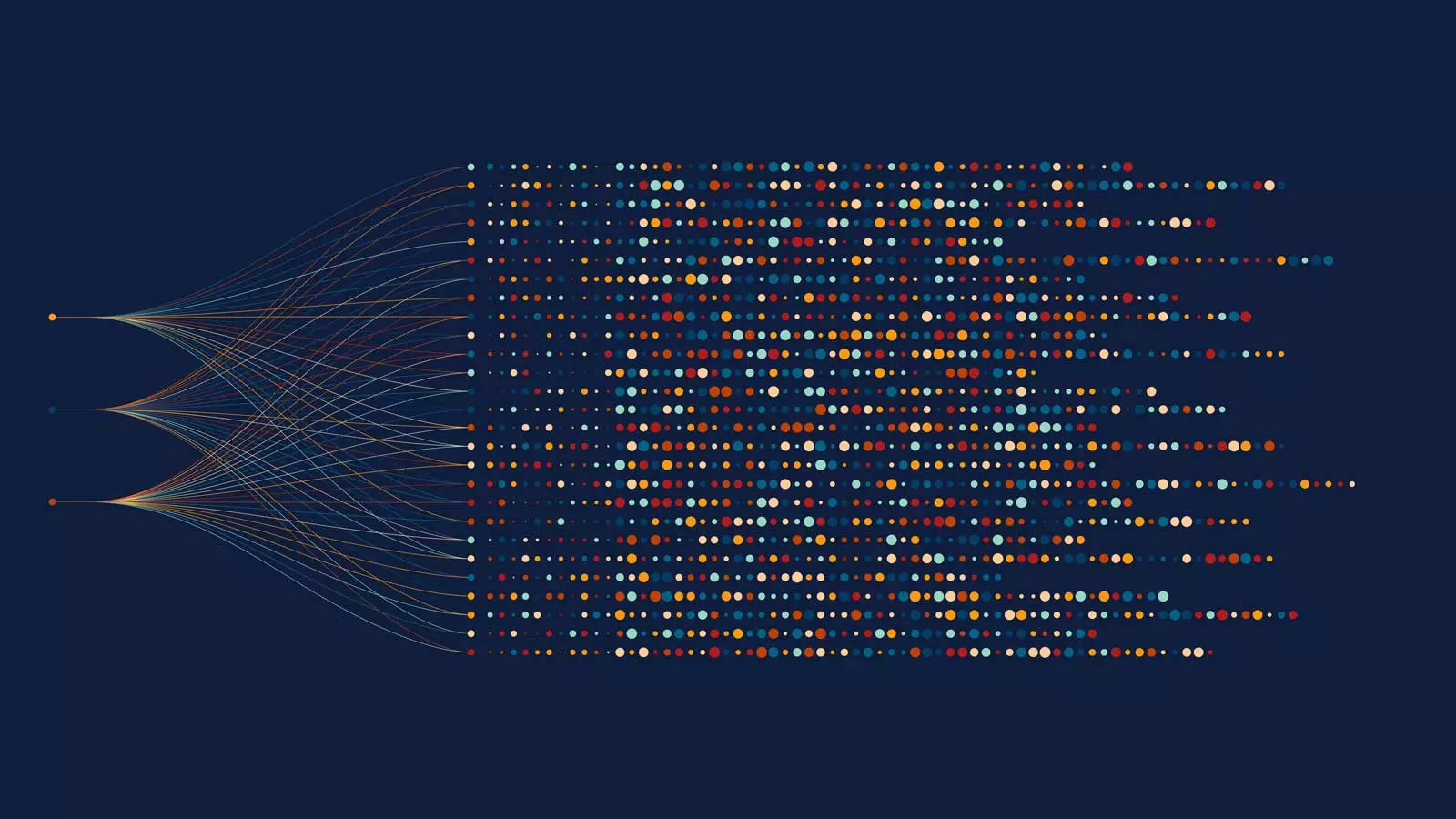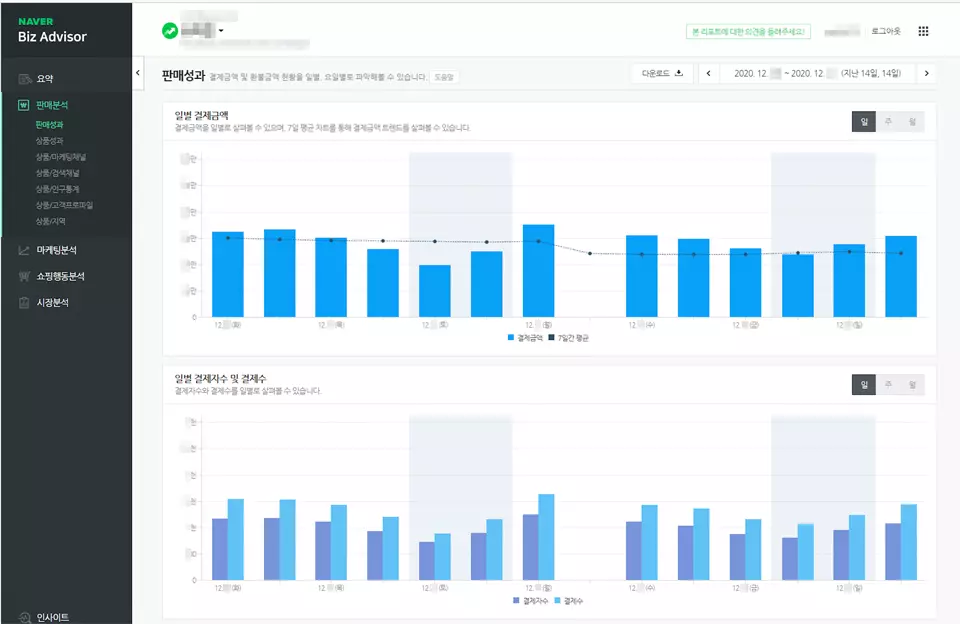
Accurate trend prediction based on sales data has become essential competitiveness, not a choice, in the retail industry. Many retail companies are investing enormous costs in collecting complex external data, but did you know that sophisticated predictions are actually possible using only internal sales data? This article presents practical and verified prediction methodologies using only sales data, based on the technological capabilities of ImpactiveAI, which implements demand forecasting AI based on various domain knowledge.
Traditional demand forecasting that most retail companies rely on is based on complex models that integrate dozens of external variables such as weather information, economic indicators, and social media trends. However, this approach brings greater difficulties than expected in practical field applications. Not only are the costs and time required for collecting and refining external data substantial, but prediction accuracy often decreases due to time lags and quality differences between data.
Particularly noteworthy is the reliability issue of external data. In situations where weather forecasts are revised, economic indicators are belatedly adjusted and announced, and social media trends change overnight, maintaining consistent prediction models is realistically very difficult. In contrast, sales data is primary data that companies directly generate and manage, ensuring high reliability and immediacy. In the current retail environment where POS systems and online order data accumulate in real-time, sophisticated prediction models can be built using only sales data.

When you look closely at sales data, you discover that all the essential information needed for trend prediction is already contained within it. Sales changes by time period show customers' lifestyle changes in real-time, and changes in sales proportions by product category clearly reveal market preference flows. Analyzing regional sales gaps can enable early detection of new market opportunities or risk factors.
What's more interesting is that this information appears organically interconnected within sales data. For example, patterns where sales increases in specific product groups are linked to sales decreases in other product groups can reveal structural changes in consumer preferences. This becomes a key to understanding fundamental market trends beyond simple numerical increases and decreases. Particularly looking back at the COVID-19 period, patterns where restaurant-related sales plummeted while home cooking-related product sales surged could be sufficiently captured using only sales data.
To effectively utilize sales data, you must first accurately identify the core components of time series. Sales time series largely consists of trend, seasonality, cyclicality, and irregular variations. Trend represents long-term directionality over time, while seasonality means regular patterns that repeat annually or weekly. Cyclicality refers to longer-cycle variations spanning several years, and irregular variations include unpredictable random elements.
Systematically decomposing these components goes beyond simply organizing data and can be called the core of business intelligence. For example, you can accurately distinguish whether sudden sales increases are due to fundamental consumer behavior changes or predictable seasonal events. This deep understanding provides decisive help in effectively allocating resources by distinguishing long-term growth strategies from short-term promotion campaigns.
To maximize the prediction power of sales data, advanced feature engineering techniques must be applied. Lag features are methods that utilize past time point sales values for current predictions, giving models a kind of 'memory' capability. For example, including 7-day lag features enables models to 'remember' sales volumes from exactly one week ago and automatically learn weekly seasonality.
Moving window statistics like moving averages are very effective for removing short-term noise and emphasizing fundamental trends. Particularly, exponential moving averages assign greater weights to recent data, enabling quick adaptation to new trends. Time-based features extract day of week, month, quarter, holiday status, etc., from timestamps of each sales record to directly encode calendar-based seasonality into models. By comprehensively utilizing these techniques, very sophisticated prediction models can be built without external data.
ARIMA and SARIMA models are statistically proven techniques long verified in sales prediction fields. The greatest advantage of these models is that they mathematically and accurately encode the inherent structure of sales time series. Autoregressive components model direct impacts of past sales on future sales, while moving average components systematically reflect how past prediction errors contribute to current predictions.
Exponential smoothing techniques are particularly useful in dynamic retail environments due to their adaptive characteristics of assigning greater weights to recent data. Triple exponential smoothing methods like Holt-Winters integrate and model level, trend, and seasonality all together, making them very suitable for retail sales data showing complex seasonal patterns. These models provide additional advantages of being computationally efficient while providing interpretable results that enable management to clearly understand prediction bases.
Machine learning models can handle much more complex and nonlinear relationships than traditional statistical models when combined with rich feature engineering. Ensemble methods like Random Forest and XGBoost significantly improve overall prediction accuracy and stability by combining predictions from multiple individual models. These models show excellent performance in capturing subtle patterns from data while being less sensitive to noise or outlier effects.
In deep learning fields, recurrent neural networks like LSTM and GRU are showing revolutionary results in time series prediction. These models can effectively learn long-term dependencies in sales data, demonstrating particularly excellent performance in large-scale retail data with complex temporal patterns. Recently, Transformer-based models are also being introduced to time series prediction fields, providing groundbreaking approaches that simultaneously learn relationships between all time points within sequences.
The first prerequisite for successful sales prediction is securing high-quality data. Missing value processing requires careful judgment considering business context rather than simply filling empty spaces. For example, when sales data for specific dates is missing, you must distinguish whether this is a system error or an actual non-operating day to select appropriate interpolation methods.
Outlier processing also requires careful approaches. Determining whether sudden sales increases are actual promotion effects or data input errors requires domain knowledge beyond simple statistical criteria. Converting sales data from different-scale stores or product categories into comparable forms through data normalization and standardization is also an important preprocessing step. Differencing and decomposition processes to ensure stationarity become essential foundations enabling models to reliably learn stable patterns within data.
Appropriate metrics and verification strategies are essential for objectively evaluating prediction model performance. MAE (Mean Absolute Error) intuitively shows average magnitude of prediction errors, while RMSE reacts more sensitively to large errors, useful for evaluating prediction variability. MAPE expresses relative accuracy in percentages, enabling performance presentation in forms easily understood by management. NRMSE is useful for consistent evaluation across cases with diverse scales.
Due to the characteristics of time series data, traditional cross-validation methods cannot be applied, requiring special verification strategies that maintain temporal order. Expanding window methods progressively increase past data while training and validating models, providing conditions similar to actual prediction environments. Sliding window methods maintain fixed-size training periods while moving along time, suitable for evaluating models that react more sensitively to recent pattern changes.
Accurate sales prediction is a core tool for inventory management optimization. By accurately predicting future sales volumes, you can minimize sales opportunity losses due to inventory shortages while significantly reducing storage costs and disposal losses from excess inventory. Accurately calculating lead time demand and setting optimal reorder points directly contributes to improving entire supply chain efficiency.
The value of sales prediction is also very significant in workforce scheduling areas. Smart employee allocation considering store traffic and seasonality becomes possible using AI-based demand forecasting. This brings effects of ensuring sufficient service quality during peak hours while saving unnecessary labor costs during quiet periods. Ultimately, it can be utilized as a strategic tool that catches two birds with one stone: customer satisfaction improvement and operational cost reduction.
Sales prediction also plays a crucial role in marketing campaign planning and execution. Predictions based on past sales data provide reliable baselines for future campaigns and enable pre-estimation of marketing investment ROI. Particularly, utilizing sales prediction insights to identify major customer segments and optimize pricing policies can maximize marketing effectiveness.
Optimizing marketing campaign timing through seasonal pattern and trend analysis is also an important utilization method. You can accurately predict demand peak periods to adjust promotion schedules and establish pricing strategies considering competitive situations and market trends. This data-based approach brings much more accurate and predictable marketing performance than existing methods that relied only on intuition or experience.
Sales data-based trend prediction can provide sufficiently accurate and practical results without the burden of collecting complex external data. The key is building systematic approaches that maximize utilization of internal data value. As technological advances make such analysis increasingly accessible, now is the optimal time to build data-based decision-making systems.

Sales data-based trend prediction is a core strategy for securing sustainable competitive advantages. It enables quick responses to market changes without external data while providing independent insights. Particularly, small and medium-sized retail companies can achieve large corporation-level data analysis capabilities through high prediction accuracy without expensive external data.
The greatest advantage of this approach is the ability to systematically accumulate data literacy and analytical capabilities within organizations. Since sales data is information that companies directly generate and manage, you can accurately understand data meaning and context, building more sophisticated and practically suitable prediction models based on this. Additionally, prediction systems based on internal data provide stability by being free from risks of data supply interruption or quality degradation due to external environment changes.
Companies that have introduced sales data-based prediction in actual fields are achieving remarkable results. In inventory management aspects, prediction accuracy improvements leading to inventory turnover improvements and disposal loss reductions are directly resulting in profit increases. Particularly in industries where inventory turnover is important, such as fresh foods or fashion apparel, even more dramatic improvement effects are shown.
Significant results are also appearing in workforce operation optimization areas. Through smart scheduling based on accurate sales predictions, they are achieving labor cost reduction, service quality improvement, and employee satisfaction enhancement. Additionally, through prediction-based campaign optimization, they are achieving marketing ROI improvement, sales increase, and marketing cost efficiency results.
In the current rapidly changing retail environment, demand forecasting AI adoption is no longer a choice but a survival strategy. As consumer behavior complexity increases and market change speed accelerates, accurate prediction becomes difficult with only human intuition or simple statistical analysis. AI technology can dramatically improve prediction accuracy by finding subtle patterns and correlations in vast sales data that humans cannot discover. Particularly, deep learning models provide sophisticated predictions that comprehensively consider seasonality, trends, and promotion effects, ensuring stable performance even in complex business environments.
For successful AI implementation, what's most important is recognizing that AI adoption is not a technical project but a business innovation project. Organizational culture and process improvements for utilizing prediction results in actual decision-making must be pursued in parallel, and building collaboration systems between related departments and employee education are key success factors. Sales data-based AI prediction systems will serve as catalysts that improve data-based decision-making capabilities across entire organizations, going beyond tools that simply predict the future.
